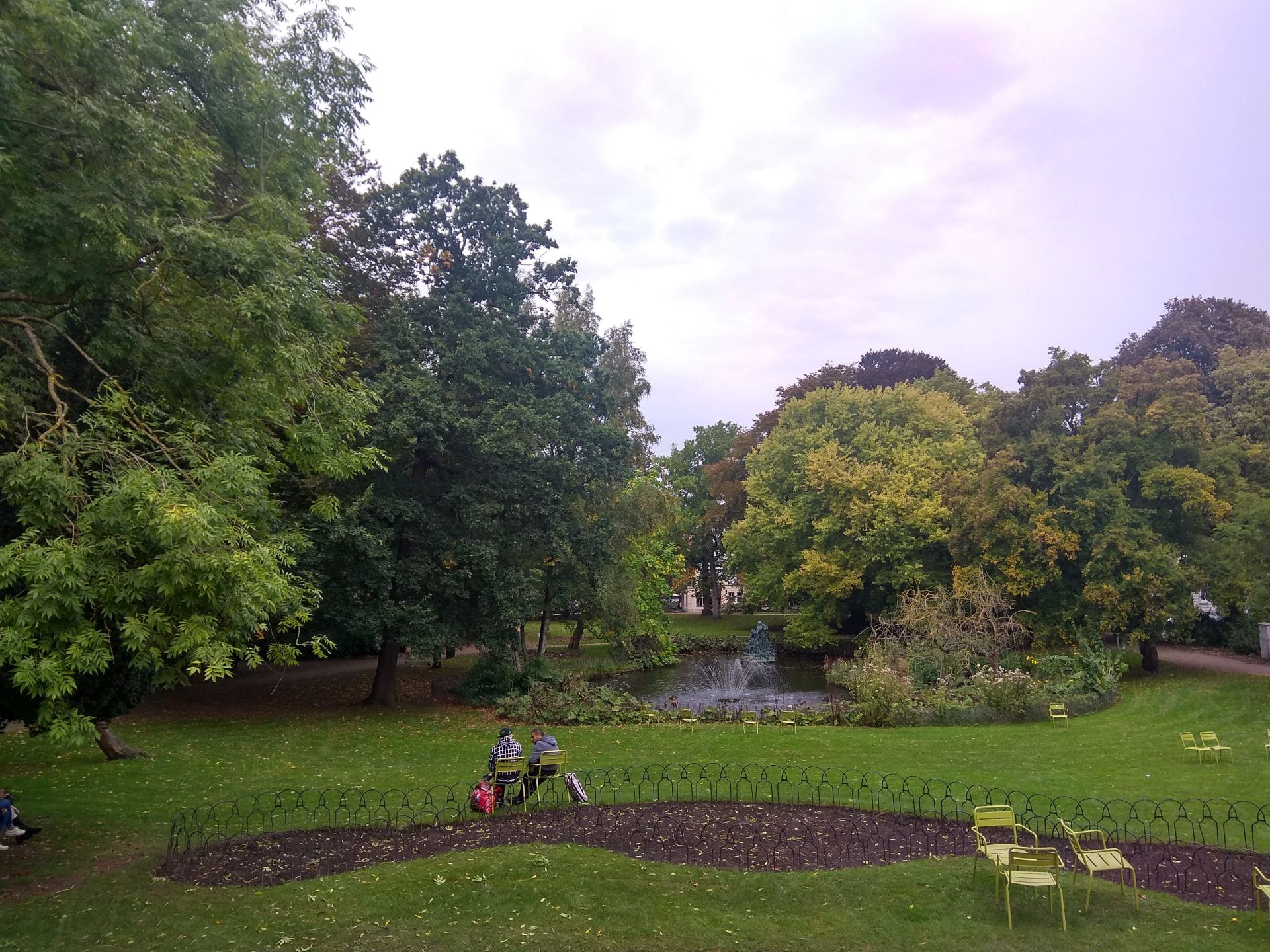Nature-Based Solutions Want to Turn Europe Green, Literally
Experts advocate for the increase of green spaces in cities to restore biodiversity and bring health benefits to urban communities
In a well-known satirical comic depicting a “Map of Every European City”, there is a ‘pigeon-owned central station’, a ‘postcard-y old town’ and blocks of ‘cafes’. The joke is that regardless of what city first came to mind while looking at it – Bratislava or Bremen or Bilbao – it probably fits the blueprint. So, if Europe’s architecture and urban planning have all these unspoken rules, what would happen if new rules were established with the intent to protect the environment?
How would a typical city look, for example, if the 3/30/300 rule was followed?
This rule, as Alice Fitch of the UK Centre for Ecology and Hydrology explains, means that residents should have “three trees visible from the window, 30 percent tree canopy cover in every neighborhood, and be only 300 meters from the nearest park or green space.” This community guideline acts as a rule of thumb which outlines the minimum green space for a successfully eco-friendly urban area.
This rule is an example of a Nature-based Solution (NbS), a concept explored at “Re-greening Cities with Nature Based Solutions in Europe and China,” a discussion jointly organized by the REGREEN and CLEARING HOUSE projects on the 28 and 29 November of 2023.
The intercontinental projects between twenty cities across multiple EU countries and regions of China turn to forestry and ecology for answers to human-made climate issues. ’Greening’ here literally means to make cities greener, to increase the size and biodiversity of spaces such as parks and gardens, planting trees, and integrating the flora that decorates our cities into its foundations. Benjamin Caspar, the Team Leader of the Urban Environment Policy at DG ENVI of the European Commission emphasized, “We are nature! Not separate from it.”
We are nature! Not separate from it.
Benjamin Caspar, the Team Leader of the Urban Environment Policy at DG ENVI.
Dr. Joanne Garrett, a researcher at the University of Exeter and Fellow at the European Centre for Environment and Human Health (ECEHH), illustrated the improvements to mental and physical health green spaces can bring society. Through mathematical modelling, she demonstrated how a lack of green spaces can intensify urban heat waves and extend their duration, making city life dangerous, especially for seniors.
In comparing data from the 2003 European heat wave to the summer of 2019, she calculated that around 20 lives in Paris were saved as a result of increasing the size and ‘value per unit’ of green spaces within the city. The presence of parks breaks up urban heat islands, creating shade, and acting as wildlife corridors for species of birds and insects, supporting a healthy environment and healthy citizens.

As the projects worked with regions as diverse as the United Kingdom, Poland, and Croatia, and Shanghai, Beijing, and Ningbo, cultural distinctions also played a role in the research and creation of green landscapes.
Acknowledging that she was making some generalizations, Dr. Jiali Jin of the Chinese Academy of Forestry revealed that “What is perceived as beautiful nature is different in Europe and China. China has a long history of landscaping, and views visibly cultivated areas as most beautiful, while the European Union sees more ‘wild’ land as their preferred green space.”
Despite these differences, citizens around the world agreed that air quality, human health, and aesthetics were the most important features that green spaces bring to urban life. Finding Nature-based Solutions to climate change, such as expanding existing green spaces and planting native species, supports the robustness and resilience of the local ecosystem and offers communities numerous benefits. The future of urban ecology, NbS brings the natural world back into urban landscapes.